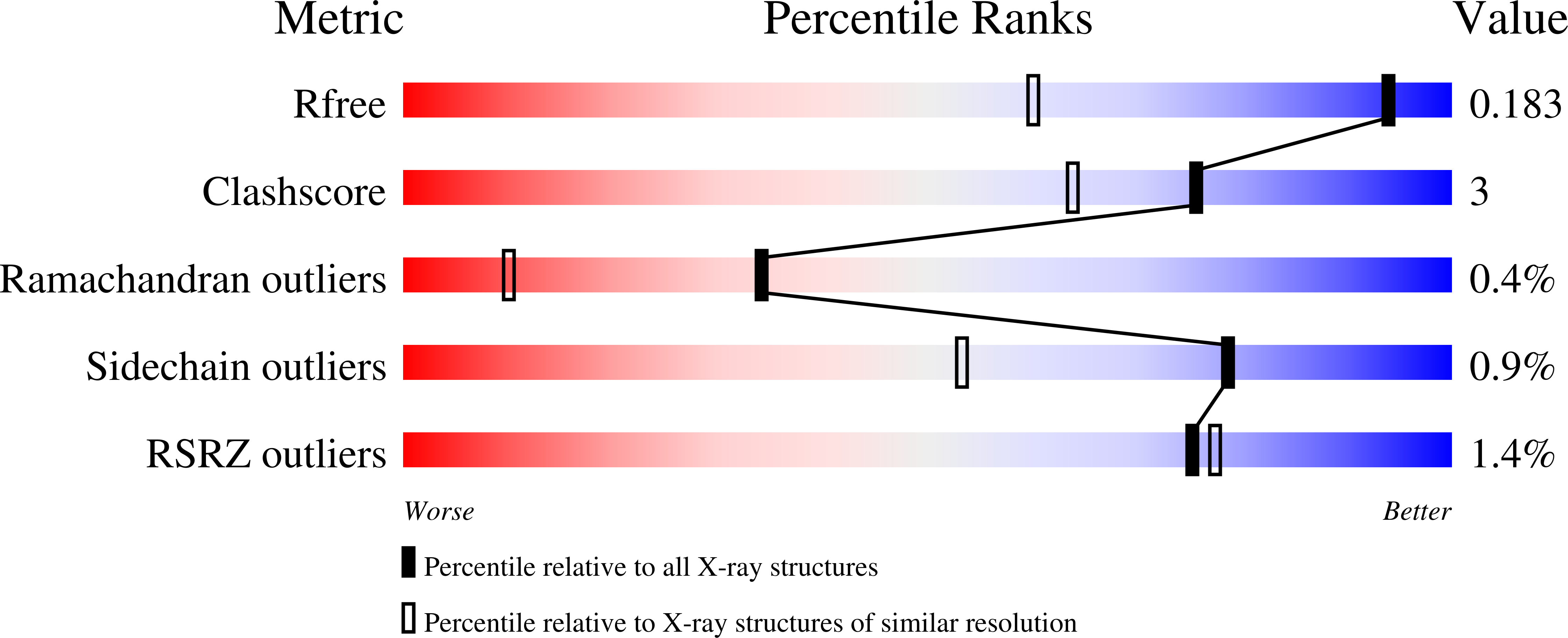
Deposition Date
2020-06-17
Release Date
2020-12-16
Last Version Date
2024-10-16
Entry Detail
PDB ID:
6XG7
Keywords:
Title:
1.3 A Resolution Structure of the of the NHL Repeat Region of D. melanogaster Thin
Biological Source:
Source Organism:
Drosophila melanogaster (Taxon ID: 7227)
Host Organism:
Method Details:
Experimental Method:
Resolution:
1.30 Å
R-Value Free:
0.17
R-Value Work:
0.13
R-Value Observed:
0.14
Space Group:
P 21 21 21


